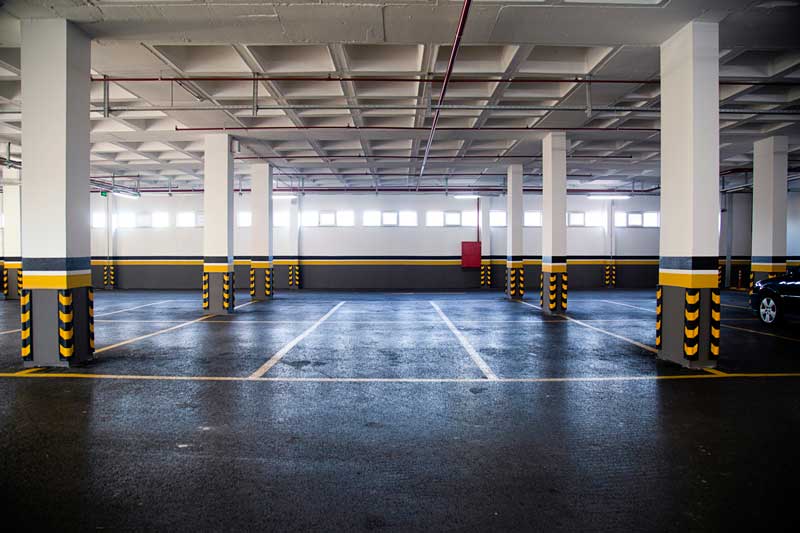Battery Charging Stations
Many facilities choose to charge their forklifts, golf carts, loaders, or other battery-operated vehicles in a central location. On off-hours many units may be actively charging their batteries at the same time. When batteries are being recharged, they generate hydrogen gas that is explosive in certain concentrations in air (explosive limits are 4.1 to 72 percent hydrogen in air). Most facilities will have a basic ventilation plan that is designed to address this potential build-up of combustible hydrogen gases, but the installation of a hydrogen-specific gas detection sensor can be used to decrease the frequency of operation of the ventilation fan (thus saving energy cost) and create an alarm to alert employees if these gases are not be adequately exhausted.
Relevant Code Citations:
29 CFR 1926.441(a)(2) – “Ventilation shall be provided to ensure diffusion of the gases from the battery and to prevent the accumulation of an explosive mixture.”
NFPA 1: Fire Code 2018, Chapter 52, Energy Storage Systems, Code 52.3.2.8, Ventilation –
‘“Where required…ventilation shall be provided for rooms and cabinets in accordance with the mechanical code and one of the following:
The ventilation system shall be designed to limit the maximum concentration of flammable gas to 25 percent of the lower flammable limit (LFL) of the total volume of the room during the worst-case event of simultaneous “boost” charging of all batteries, in accordance with nationally recognized standards.



